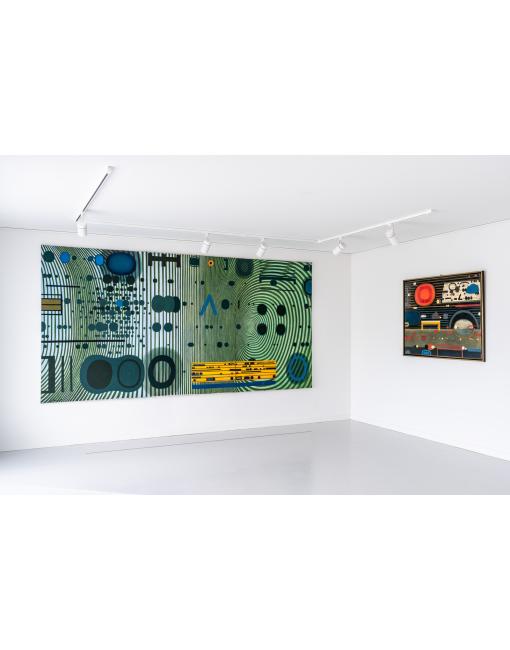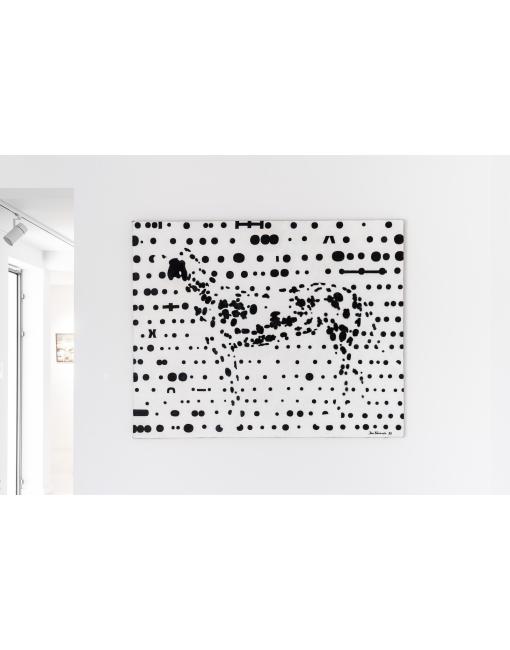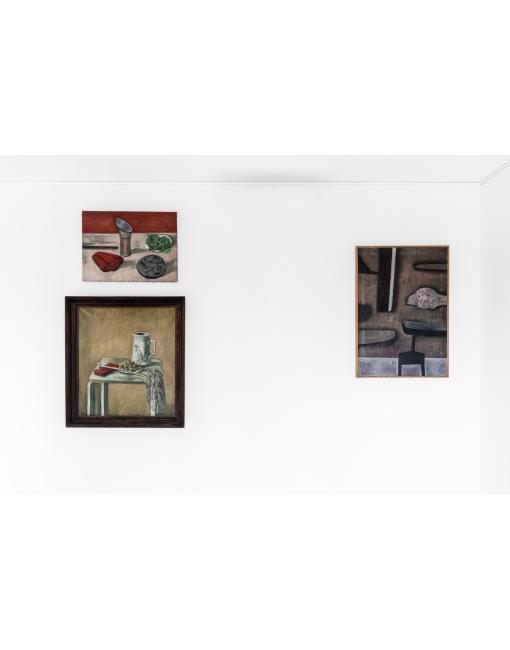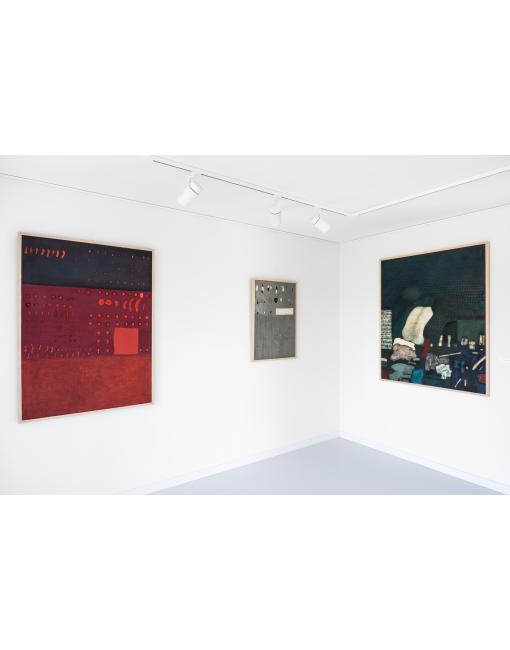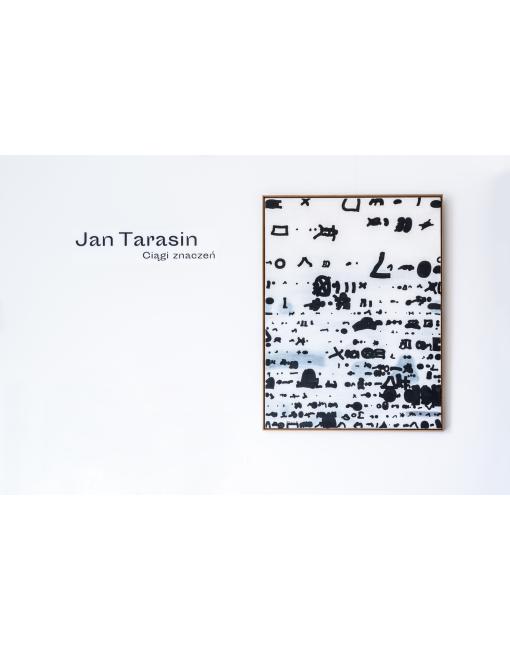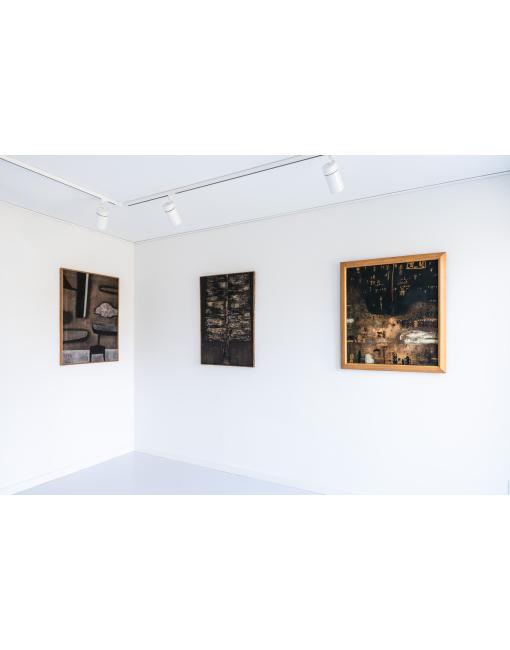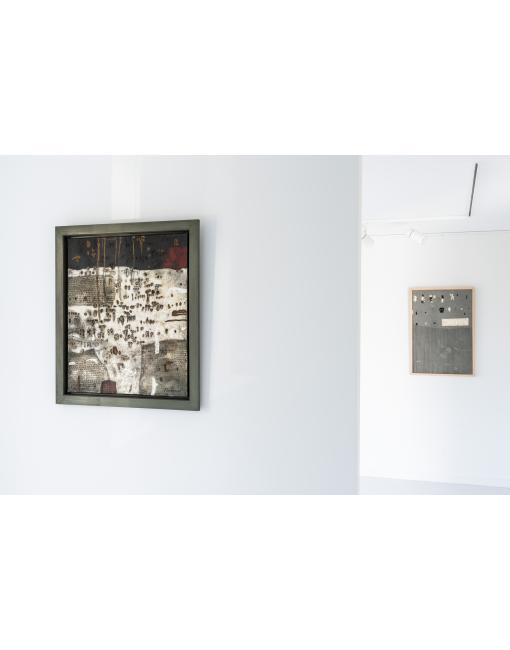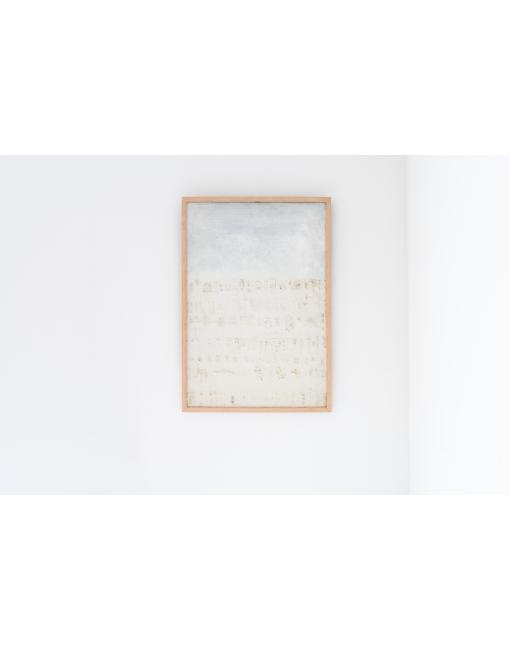Jan Tarasin Sequences of meaning
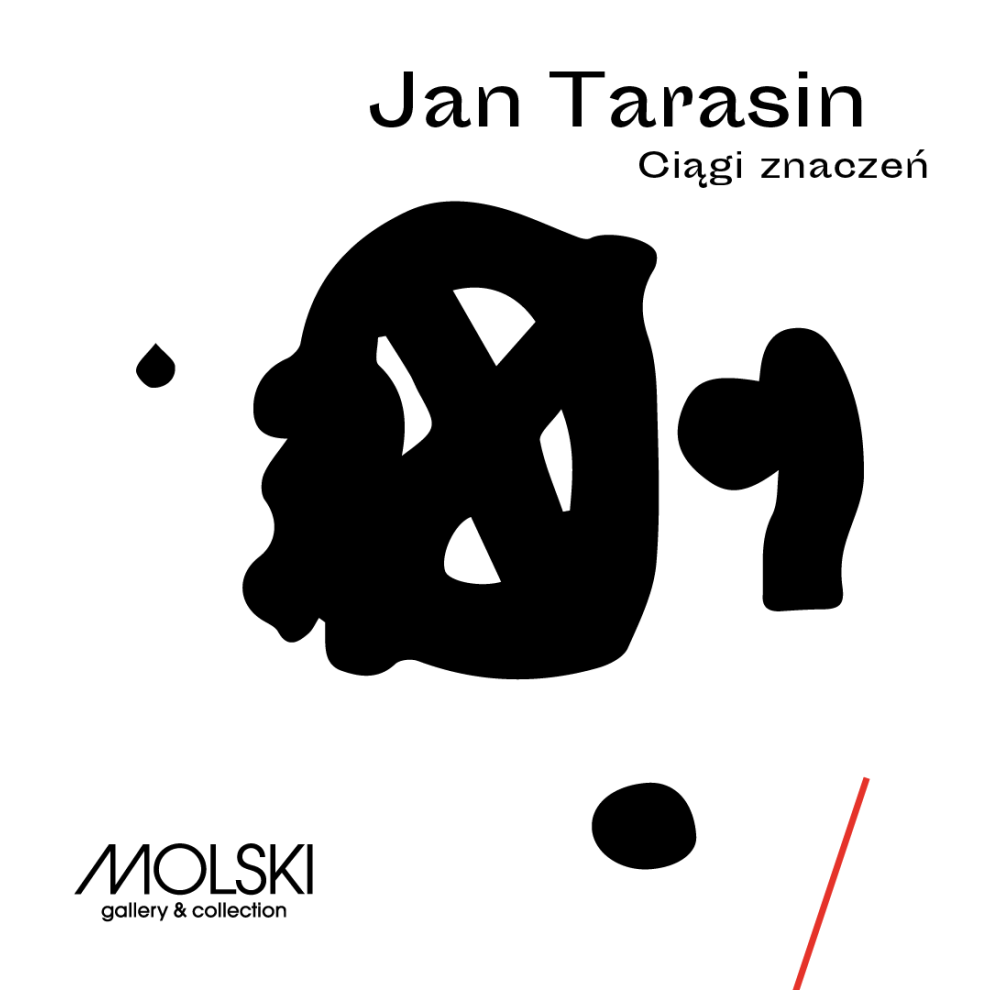
How to categorize art balancing between two seemingly contradictory forms of artistic expression?
Art oscillating between the objective existence of an object and its non-figurative nature?
How to fit art into a familiar scheme at the very moment when it is what it runs away from the most?
These problems seem to characterize the work of Jan Tarasin, which breaks out of any conceptual framework. Tarasin's artistic activity, which lasted more than half a century, had a sinuous character, which was dominated by the tendency to represent things and to make them more abstract and objectified, being only a trace of their previous existence in reality.
Tarasin seeks a holistic meaning of things that cannot be entangled in the framework imposed by the horizon of perception. What binds this highly intellectual and peculiar art is an attempt to answer the question: does an object lose its meaning and its subjectivity the moment it loses its actual form? When does it cease to be what it was before?
The March 2023 exhibition featured around 20 paintings showing how Tarasin's style changed over the following decades. Attention has been drawn to the subtle process of discarding individual elements in favor of successive ones, which are enriched with meanings, contents and forms previously unattributed to them. The main axis of the retrospective narrative will be marked by works from the period between 40' and 60' of the 20th century, which from the seed show the process of creation of tendencies dominating Tarasin's later work. The liminal moment in his artistic development, falling at the turn of the 1960s/70s, will be accentuated in the form of original and rare relief paintings that echo his earlier easel paintings. Numerous tenacious variations characterizing the mature form of this incredibly sublime style will be seen in compositions dating from the 1970s ending at the beginning of the 21st century.


